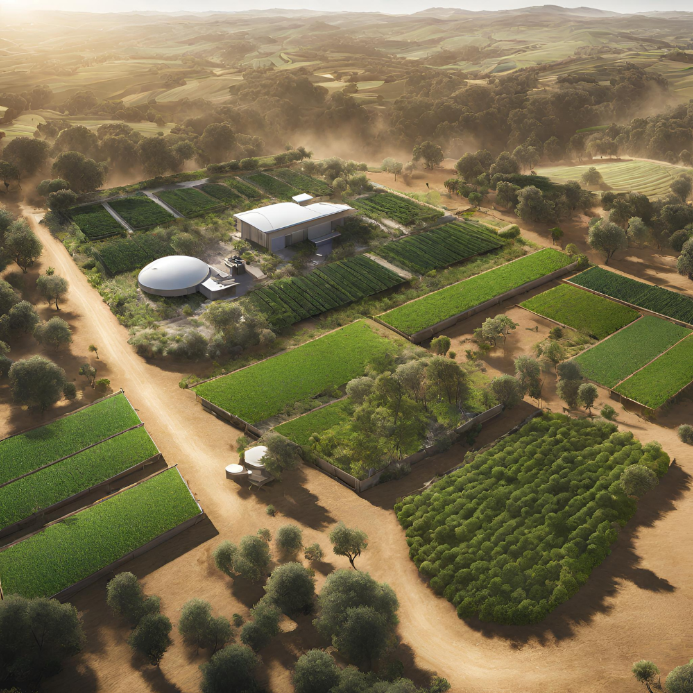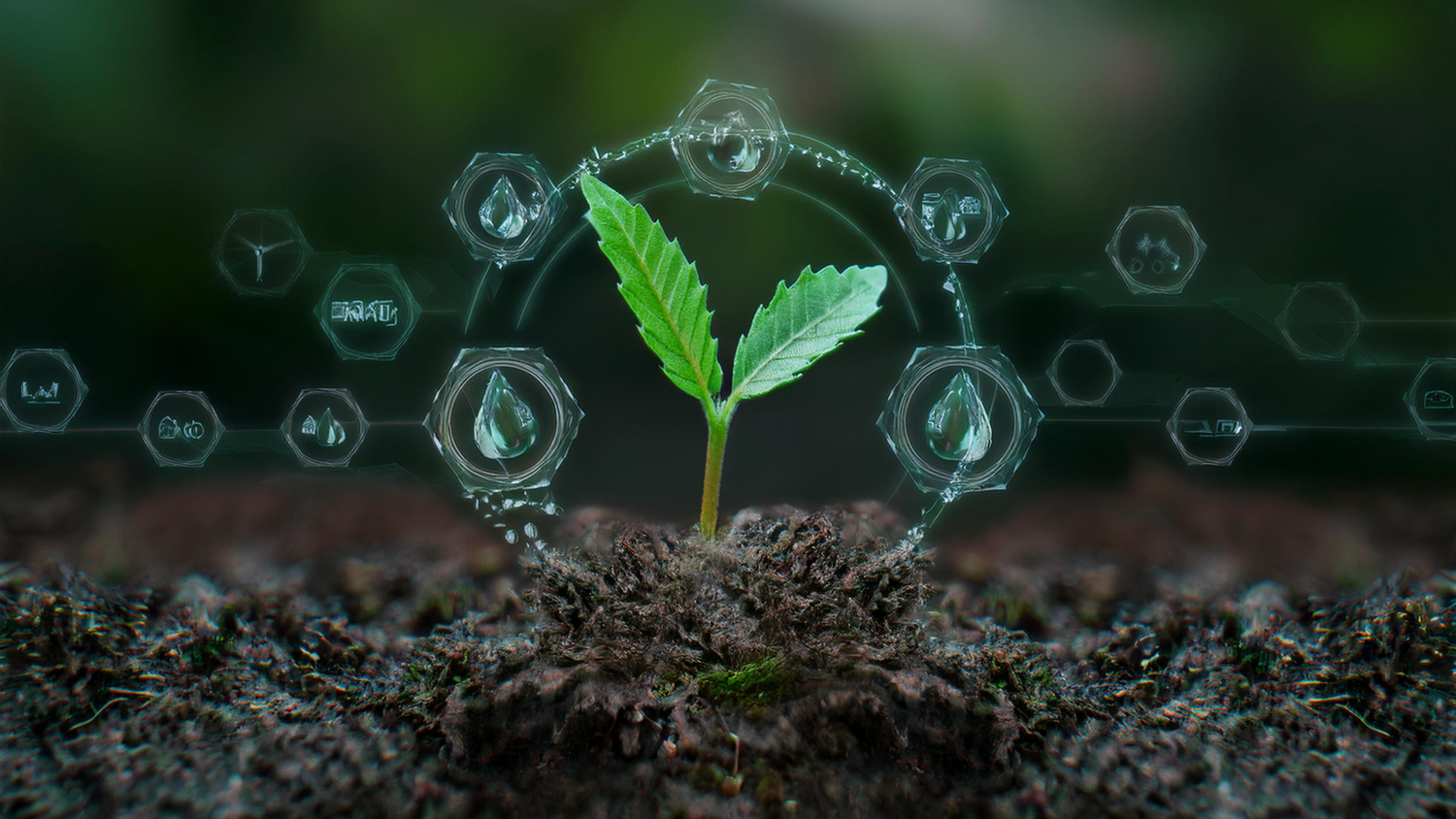As the global population expands and climate change accelerates, water scarcity has become one of the most pressing environmental challenges. To address this, creative and sustainable solutions like Rainwater Harvesting Systems are being adopted worldwide. These systems not only conserve precious rainwater but also help in long-term water management and groundwater recharge.
In this blog, we explore how different countries implement rainwater collection systems and highlight innovative rainwater harvesting techniques that contribute to a more water-secure future.

🇦🇺 Australia’s Water Wisdom: A Model for Urban Resilience
Australia, known for its arid climate and frequent droughts, is a pioneer in rainwater harvesting. The government mandates rainwater tanks in new buildings, ensuring every drop from rooftops is collected and stored efficiently.
These rainwater filter systems are designed to capture, filter, and store rainwater for non-potable uses such as gardening, toilet flushing, and cleaning. This reduces dependence on municipal supply and helps maintain a sustainable water balance.
By promoting home water filtration systems and rainwater harvesting filters, Australia demonstrates how integrating technology and policy can achieve urban water resilience.
🇸🇬 Singapore’s Integrated Oasis: A Blueprint for Sustainability
Singapore, a land-limited nation, has adopted an integrated approach to water management. Rainwater harvesting systems, desalination, and wastewater recycling all form part of its “Four National Taps” strategy.
The Marina Barrage is an iconic example — a massive rainwater collection system that doubles as a flood control barrier and recreation area. Collected rainwater passes through rainwater filters before entering reservoirs, ensuring high-quality water for domestic and industrial use.
Singapore’s model shows how rainwater harvesting companies and government collaboration can create a self-sufficient water ecosystem.
🇮🇳 India’s Time-Tested Wisdom and Modern Solutions
India has a long tradition of rainwater harvesting, dating back centuries with systems like tankas and jhalaras in Rajasthan. Today, modern cities are blending these age-old practices with new technologies such as rainwater filters, rainwater filter systems, and rooftop rainwater harvesting systems.
In water-scarce states like Rajasthan and Tamil Nadu, rainwater harvesting filters for homes and rainwater filter systems are now common for groundwater recharge. Companies like Rainy Filters Bangalore are at the forefront, providing innovative rain water harvesting filters that enhance water quality and sustainability.
India’s success proves that combining tradition with modern rainwater filtration systems is key to ensuring a reliable water supply for both urban and rural communities.

🇩🇪 Germany’s Green Revolution: Sustainable Urban Design
Germany’s green roofs are not just eco-friendly—they’re also effective rainwater collection systems. These roofs absorb rainfall, filter it naturally through vegetation, and store it for later use in irrigation.
Cities like Berlin encourage the installation of rainwater harvesting systems in homes and public buildings. This integrated model improves energy efficiency, reduces stormwater runoff, and promotes ecological preservation.
By promoting rainwater filter systems and home water filtration solutions, Germany showcases how technology and nature can work together for sustainable urban living.
🇮🇱 Israel’s Agricultural Ingenuity: A Model for Food Security
In a country with limited rainfall, Israel has revolutionised agriculture through rainwater collection and filtration systems. Farmers use drip irrigation fed by rainwater reservoirs equipped with rainwater filters to ensure clean water reaches crops.
These rain harvesting filters help maximise every drop, increasing yields while maintaining soil health. Israel’s model underscores how rainwater harvesting companies can drive innovation and food security even in arid conditions.
🇧🇷 Brazil’s Community Resilience: Empowering the Underserved
In Brazil, community-based rainwater harvesting systems have transformed the lives of people in informal settlements. Local rainwater companies and NGOs install rainwater harvesting filters and rainwater storage tanks to provide residents with reliable water sources.
In regions like Recife, Rainy water filters and rainwater filter systems have made safe, sustainable water accessible to thousands. These initiatives empower communities to take control of their resources and promote self-sufficiency through water conservation.
Conclusion

Rainwater harvesting stands as a beacon of hope in a world facing water scarcity. From Australia’s smart cities to Israel’s agricultural innovation, the global movement towards rainwater collection systems demonstrates how local actions can lead to global resilience.
By adopting international best practices and integrating Rainwater Filters, Rainwater Harvesting Systems, and Home Water Filtration Systems, we can build a sustainable, water-secure future.
Rainy Filters continues to lead the way with innovative rainwater filter systems, helping individuals and communities harness the full potential of every drop.

